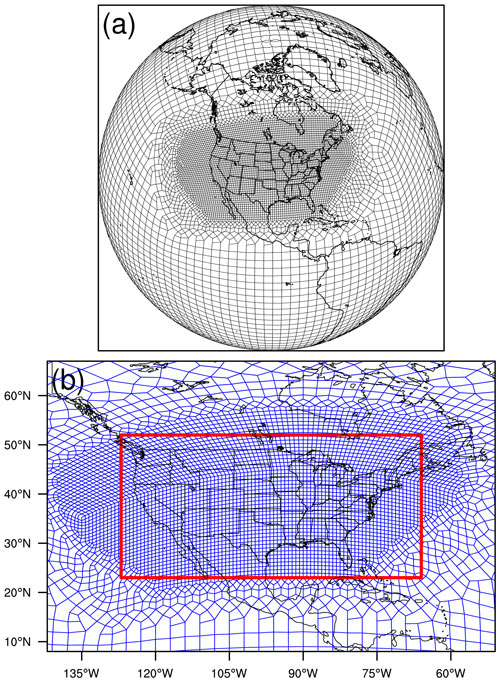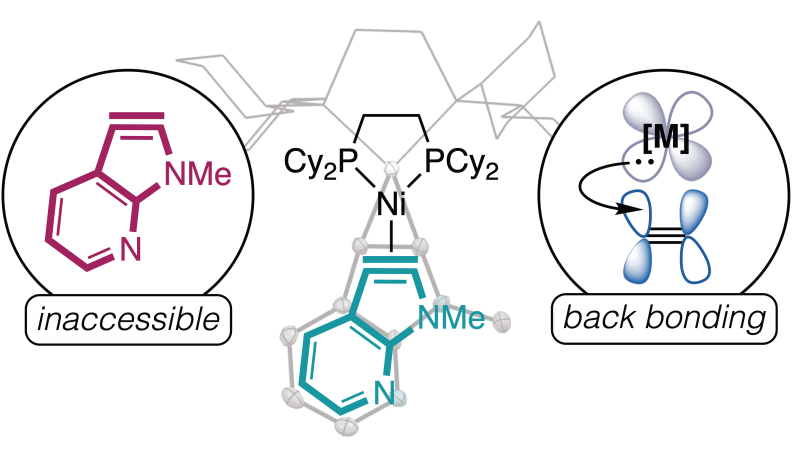2024-04-30 パシフィック・ノースウェスト国立研究所(PNNL)
<関連情報>
- https://www.pnnl.gov/publications/horizontal-resolution-affects-model-aerosol-properties
- https://gmd.copernicus.org/articles/17/1327/2024/
E3SMv1におけるエアロゾル質量収支と有効放射強制力の水平格子間隔に対する感度を、地域精緻化手法を用いて評価する Assessing the sensitivity of aerosol mass budget and effective radiative forcing to horizontal grid spacing in E3SMv1 using a regional refinement approach
Jianfeng Li, Kai Zhang, Taufiq Hassan, Shixuan Zhang, Po-Lun Ma, Balwinder Singh, Qiyang Yan, and Huilin Huang
Geoscientific Model Development Published:15 Feb 2024
DOI:https://doi.org/10.5194/gmd-17-1327-2024

Abstract
Atmospheric aerosols have important impacts on air quality and the Earth–atmospheric energy balance. However, as computing power is limited, Earth system models generally use coarse spatial grids and parameterize finer-scale atmospheric processes. These parameterizations and the simulation of atmospheric aerosols are often sensitive to model horizontal resolutions. Understanding the sensitivities is necessary for the development of Earth system models at higher resolutions with the deployment of more powerful supercomputers. Using the Energy Exascale Earth System Model (E3SM) version 1, this study investigates the impact of horizontal grid spacing on the simulated aerosol mass budget, aerosol–cloud interactions, and the effective radiative forcing of anthropogenic aerosols (ERFaer) over the contiguous United States. We examine the resolution sensitivity by comparing the nudged simulation results for 2016 from the low-resolution model (LR) and the regional refinement model (RRM).
As expected, the simulated emissions of natural dust, sea salt, and marine organic matter are substantially higher in the RRM than in the LR. In addition, RRM simulates stronger aqueous-phase production of sulfate through the enhanced oxidation of sulfur dioxide by hydrogen peroxide due to increased cloud liquid water content. In contrast, the gas-phase chemical production of sulfate is slightly suppressed. The RRM resolves more large-scale precipitation and produces less convective precipitation than the LR, leading to increased (decreased) aerosol wet scavenging by large-scale (convective) precipitation.
Regarding aerosol effects on clouds, RRM produces larger temporal variabilities in the large-scale liquid cloud fractions than LR, resulting in increased microphysical cloud processing of aerosols (more interstitial aerosols are converted to cloud-borne aerosols via aerosol activation) in RRM. Water vapor condensation is also enhanced in RRM compared to LR. Consequently, the RRM simulation produces more cloud droplets, a larger cloud droplet radius, a higher liquid water path, and a larger cloud optical depth than the LR simulation. A comparison of the present-day and pre-industrial simulations indicates that, for this contiguous United States domain, the higher-resolution increases ERFaer at the top of the model by about 12 %, which is mainly attributed to the strengthened indirect effect associated with aerosol–cloud interactions.



